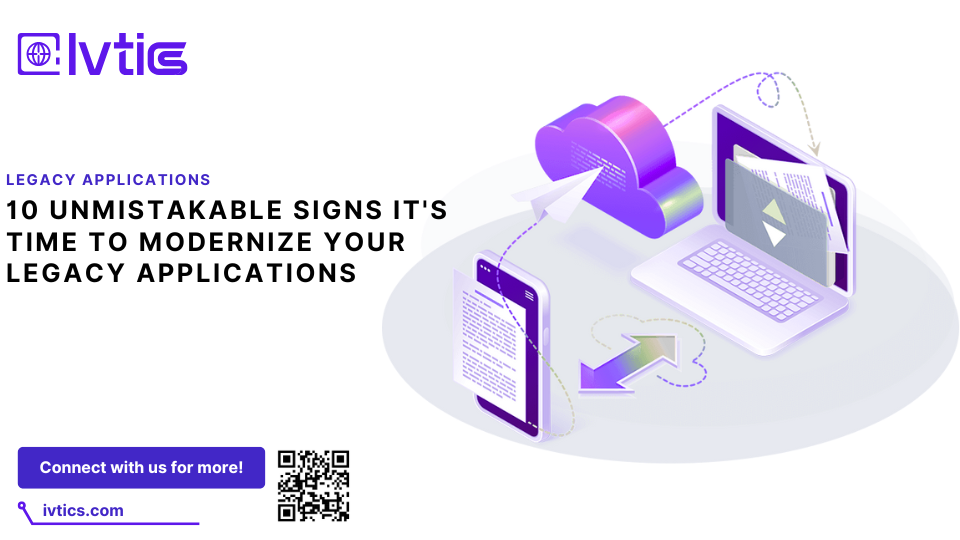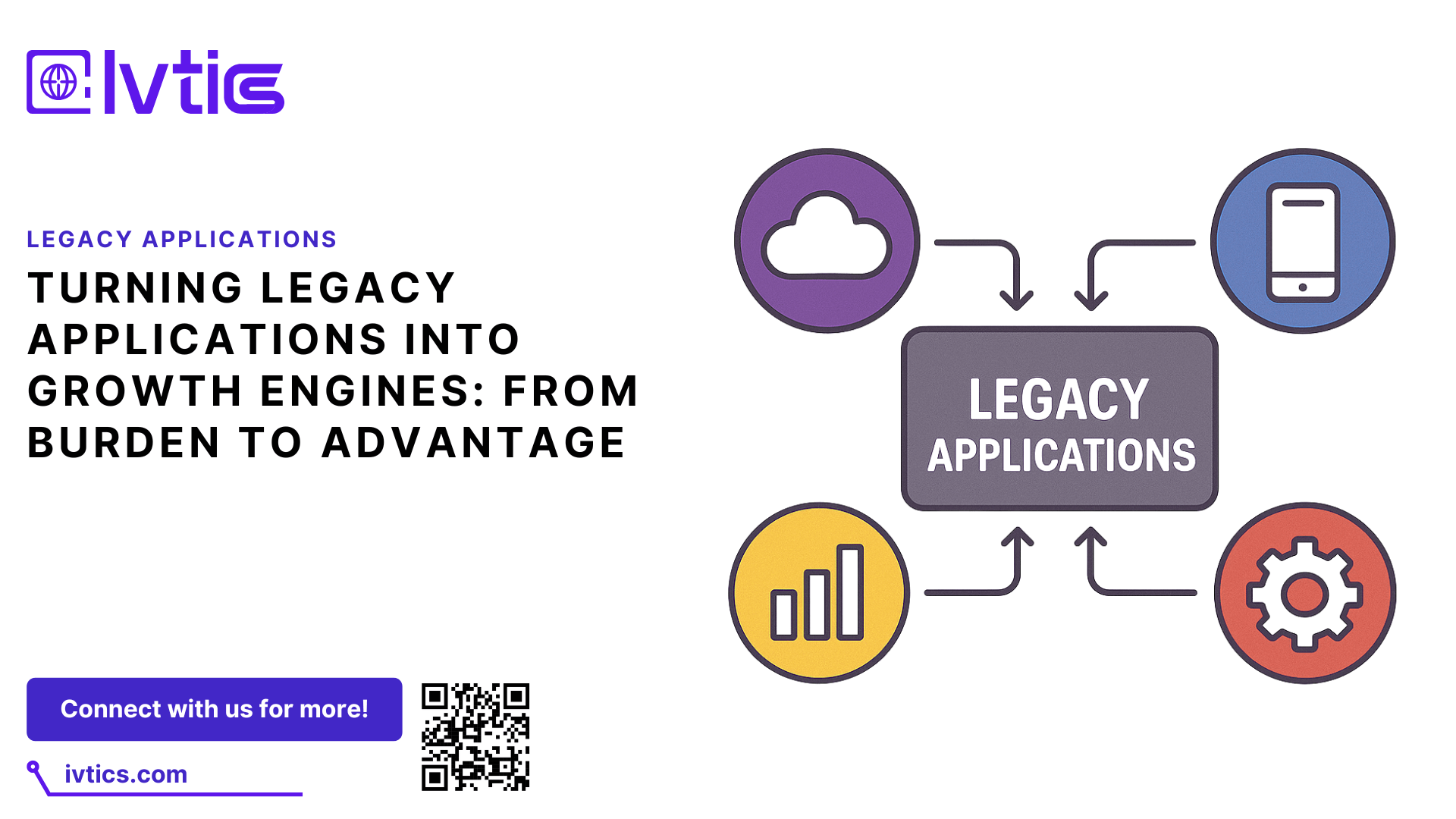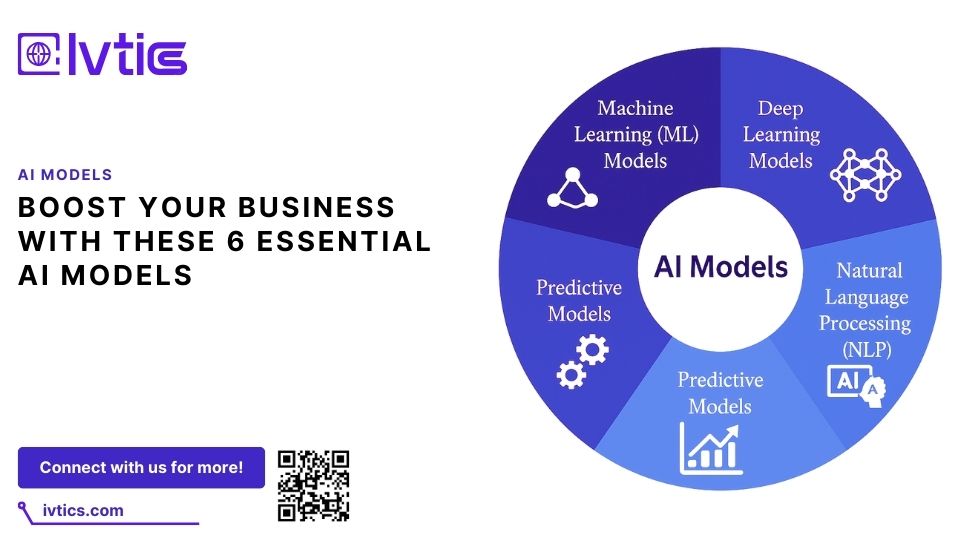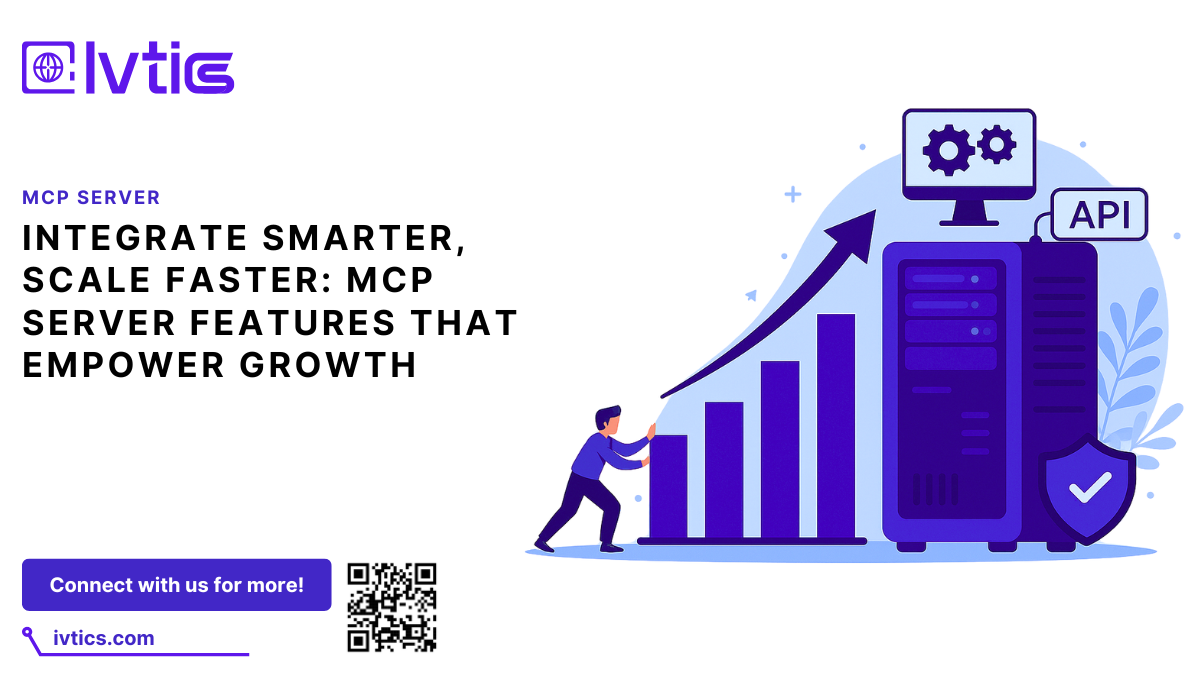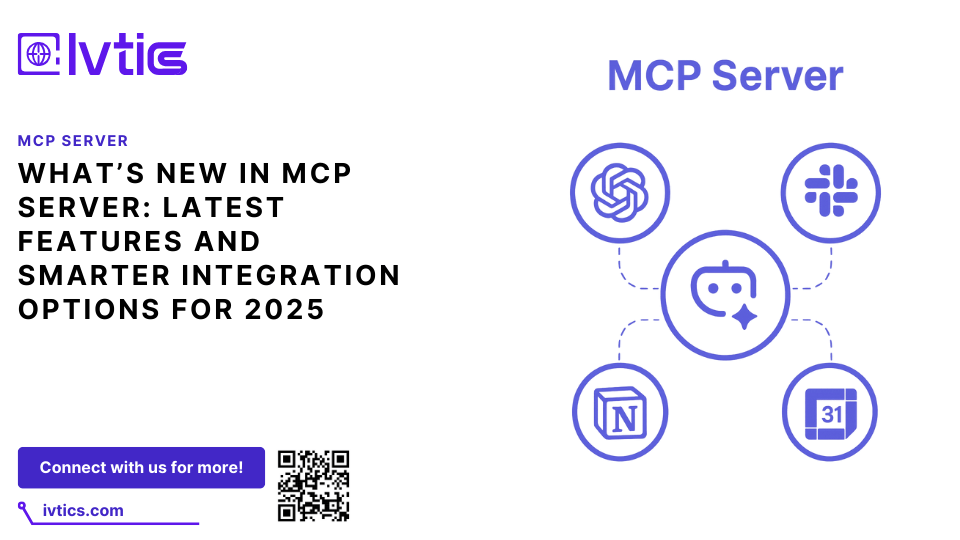Table of Contents
In today’s fast-paced digital world, the applications that power your business are either assets driving growth or liabilities holding you back. Many companies rely on what are known as legacy applications—software systems built on older technologies that are often decades old. While these systems once served a critical purpose, they can quickly become brittle, expensive, and a serious threat to your competitive edge.
The decision to embark on legacy application modernization isn’t merely a technical one; it’s a strategic business imperative. But how do you know when you’ve crossed the line from a stable, old system to a crippling, outdated one? Here are 10 unmistakable signs it’s time to modernize your legacy applications.
The Performance and Operational Drag
One of the first and most noticeable signals that a system is past its prime is a decline in its day-to-day operation.
Slow Performance and Frequent Downtime
Does your system crawl under normal load? Do transactions hang, and reports take hours to generate? Frequent slowdowns, glitches, or crashes leading to unexpected downtime are classic indicators that your monolithic architecture is struggling to cope with modern transaction volumes. When system stability is a daily concern, the cost of lost productivity and revenue quickly outweighs the investment in modernizing legacy systems.
Skyrocketing Maintenance and Operational Costs
Paradoxically, keeping old software running is often far more expensive than replacing it. If your IT budget allocates a disproportionate amount to “keeping the lights on”—managing costly on-premise infrastructure, performing constant patches, and paying for special licenses—you are burdened by high maintenance costs. Application modernization shifts this spending from reactive fixes to strategic innovation, often reducing the Total Cost of Ownership (TCO) in the long run.
Inability to Scale with Business Growth
Modern businesses need to scale up quickly for peak seasons or new markets. If your current application architecture is monolithic and scaling requires an expensive, months-long hardware overhaul instead of a simple cloud configuration adjustment, your lack of scalability is limiting your business potential. Modern systems, particularly cloud-native, are designed for elastic scaling.
Security, Compliance, and Technical Risk
While performance issues hit your bottom line, security and technical risks threaten the very foundation of your business.
End-of-Life (EoL) and Unsupported Technologies
Using software or hardware that has reached its End-of-Life (EoL) is akin to operating without a safety net. EoL software no longer receives crucial security patches and vendor support, leaving your system vulnerable to cyberattacks and regulatory fines. This is a critical legacy software modernization trigger.
Serious Security and Compliance Gaps
Legacy systems were simply not built to withstand today’s sophisticated cyber threats. If achieving modern compliance standards (like GDPR, HIPAA, or industry-specific regulations) requires constant, complex workarounds, or if you lack essential security features like multi-factor authentication, your security posture is compromised. Modernizing legacy applications is key to adopting a robust, zero-trust security model.
Technical Debt Stifling Innovation
Technical debt is the consequence of choosing quick fixes over the best long-term solutions. With legacy systems, this debt manifests as overly complex code, poor documentation, and tangled dependencies. When new feature development takes months instead of weeks—or is impossible without breaking something else—your technical debt is eroding your competitive agility.
The Talent and User Experience Barrier
Your people—both employees and customers—are often the first to feel the pain of outdated software.
Difficulty Finding Skilled Developers
Is the programming language your core system is written in listed on a tech history site? As a technology ages, the pool of developers with the required expertise shrinks. Relying on a small number of in-house experts creates a massive skill shortage risk. Application modernization to a modern tech stack opens up access to a wider, more affordable talent pool, reducing staffing risk and lowering development costs.
Poor User Experience (UX) and Outdated Interfaces
Clunky, non-intuitive interfaces and a lack of mobile capabilities frustrate users. For employees, this translates into low morale and poor productivity. For customers, it means friction, slow service, and high churn. In the digital economy, a superior customer experience is a must-have, making a modern, responsive UI/UX a top reason to start the modernization journey.
Integration Nightmares and Data Silos
In a modern enterprise, applications need to communicate seamlessly via APIs. If your core system relies on manual data transfers, cumbersome file exports, or brittle point-to-point integrations, it is creating data silos and operational bottlenecks. The inability to seamlessly integrate with modern third-party tools, AI, or advanced analytics platforms is a strong sign that you need to modernize your architecture.
Eroded Business Agility and Slow Time-to-Market
Ultimately, the goal of modernization is business agility. If your competitors are launching new products or pivoting to new market demands faster than you can update a single application feature, your legacy architecture is actively hindering your company’s ability to compete. Legacy system modernization is about building a foundation that allows for rapid, iterative change and faster time-to-market.
Conclusion: Taking the Next Step
Recognizing these 10 signs it’s time to modernize your legacy applications is the first step toward transforming a burden into a powerful asset. By tackling poor performance, high costs, security risks, and lack of agility, you can create a flexible, efficient, and secure platform that is ready for the future. Don’t wait until a critical system failure forces your hand.
Ready to turn your technical debt into a competitive advantage? Contact our modernization experts today for a comprehensive assessment and a customized roadmap to successfully modernize your legacy applications and unlock true business agility.
Insights
Related Blogs
Explore the latest insights in Development, Software, and
Technology. Stay ahead with our expert tips and industry trends.
